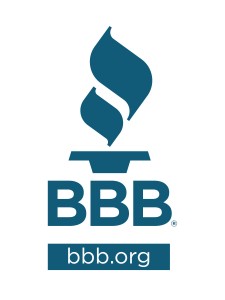 Nickeled and Dimed – Six Things That Used to Be Free
Nickeled and Dimed – Six Things That Used to Be Free
By Katherine Hutt
“Our free society is turning into a fee society,” says Bankrate.com, a website that (still) offers free rate information to consumers. “Many services and goods that were once freebies now cost money.”
On its blog, the online financial newsletter notes that lots of things – like free checking, hotel pillow chocolates, and free online news – are disappearing from the marketplace. Penn State marketing professor Fred Hurvitz chalks it up to creative price increases. “You can up your basic price and include all of the service as if it’s free,” he notes, “Or you can try to keep the base prices as low as possible — and charge separately for extras.”
No-cost banking is rare, according to Bankrate’s 2011 Checking Account Survey. Even noninterest checking accounts usually are not free, and average account maintenance fees are $4.37 a month, compared to $2.49 just a year earlier. And the average fee for a noncustomer to use a bank’s ATM? A whooping $2.40.
Other small fees that hit hard:
• Most pizza chains are now charging $2-3 for delivery (and, yes, you still need to tip the driver)
• Service station often charge to us the air pumps (which means you are paying for air)
• Snacks, headphones and blankets on airplanes now cost you…even seat selection can come with a fee
For the full story, go to Bankrate.com http://www.bankrate.com/finance/personal-finance/freebies-now-you-pay-for.aspx
DSEF and Council on Better Business Bureaus (CBBB) fosters honest and responsive relationships between businesses and consumers—instilling consumer confidence and advancing a trustworthy marketplace for all.
About the Better Business Bureaus
As the leader in advancing marketplace trust, Better Business Bureau is an unbiased non-profit organization that sets and upholds high standards for fair and honest business behavior. Every year, more than 87 million consumers rely on BBB Business Reviews® and BBB Wise Giving Reports® to help them find trustworthy businesses and charities across North America. Visitwww.bbb.org/us for more information.








![MP900438425[1]](https://dsef.org/wp-content/uploads/2012/05/MP9004384251-201x300.jpg)





